The weird and wonderful world of Fungi photography 🍄
“There are old mushroom hunters and there are bold mushroom hunters, but there are no old bold mushroom hunters”.
Anon
Exploring the abundance of wild mushrooms and fungi in the woodlands of County Mayo during the autumn season has been a captivating departure from my typical photographic pursuits. The warm, humid weather of this time of year creates the perfect conditions for a rich display of these natural wonders.
In Ireland, wild mushrooms are found across every county, yet they often go unnoticed and unpicked due to a lack of traditional knowledge and a genuine fear of potential poisoning. This signifies the importance of understanding and appreciating the diversity of fungi that exists within our surroundings.
From September to November, wild mushrooms and fungi are most plentiful, offering a prime opportunity for observation and appreciation. Even as winters become warmer, these natural specimens persist throughout the year.
During my excursions, locations such as Drummin Wood in Pontoon, Erriff Wood near Leenaun, and Brackloon Wood just outside Westport provided exceptional opportunities to observe and photograph these organisms in their natural habitat. The resulting photographs showcase the remarkable earthy colors and textures of the various species, serving as a testament to the rich biodiversity present in our local woodlands.
With over 9000 distinct fungus species in Ireland, the identification of these specimens presents a significant challenge. While some have been successfully identified, many remain unnamed, inviting enthusiasts to contribute their expertise and insights.
In addition, while the allure of foraging for edible mushrooms may be enticing, it is a pursuit best left to professional foragers. Personally, I prefer to obtain my mushrooms from reputable sources such as supermarkets, ensuring safety and peace of mind.
This exploration has further deepened my appreciation for the intricate world of fungi and mushrooms, inspiring a newfound awe for the natural wonders that surround us.

1. Porcelain mushrooms, aka: Porcelain fungus, Poached egg fungus, Slimy beech tuft.

2. Common puffball, aka Devil’s snuff box, Gem studded puffball, Warted puffball, Wolf farts.

3. Common stump brittle stem, aka: Clustered psathyrella.
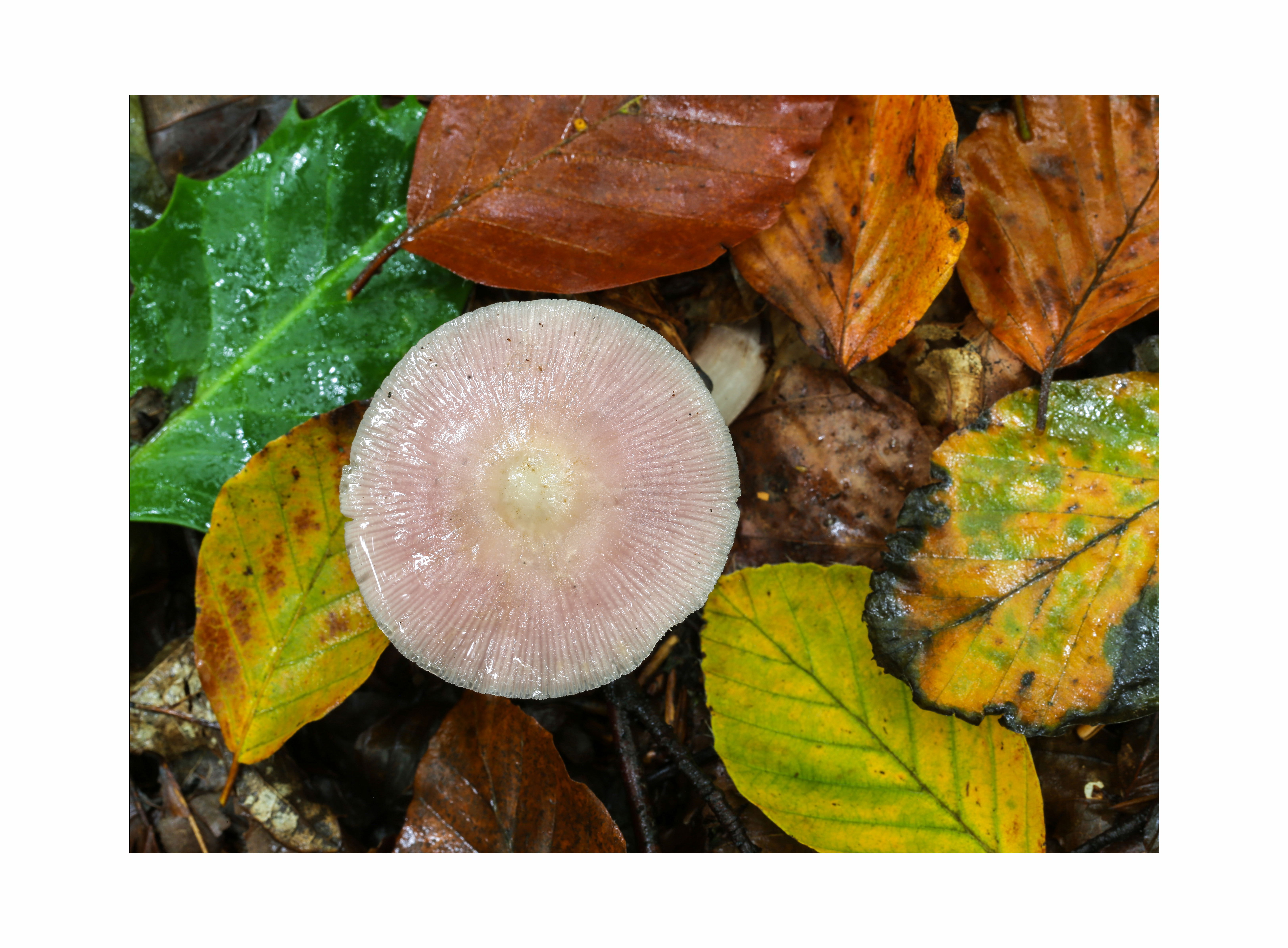
4. Lilac bonnet, aka: Lilac mycena, Poison radish ground mycena.

5. Common puffball.

6. Sheathed woodtuft, aka changeable Pholiota, Two toned Pholiota.

7. ?

8. Chanterelle, aka: Girolle chanterelle.

9. Galerina.

10. Black bulgar, aka: Poor man’s licorice, Black jelly drops, Rubber buttons, Batchelors button.

11. Common mycena, aka: Rosy-gill fairy helmet, Common bonnet, Toque mycena.

12. Common earth ball, aka: Pigskin poison puffball, Golden Scleroderma.

13. Beefsteak fungus, aka: Beefsteak polypore, Ox tongue, Beefsteak mushroom.

14. Bleeding oak crust, aka: Leaf fungus, Wax fungus, Shelf fungus.
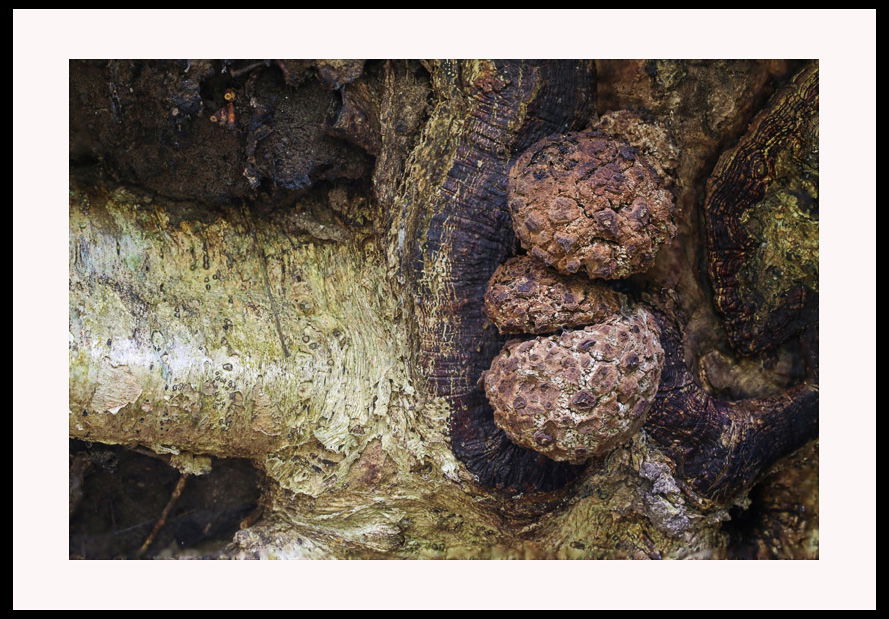
15. Birch woodwart. (???)

16. Roundspored oysterling.
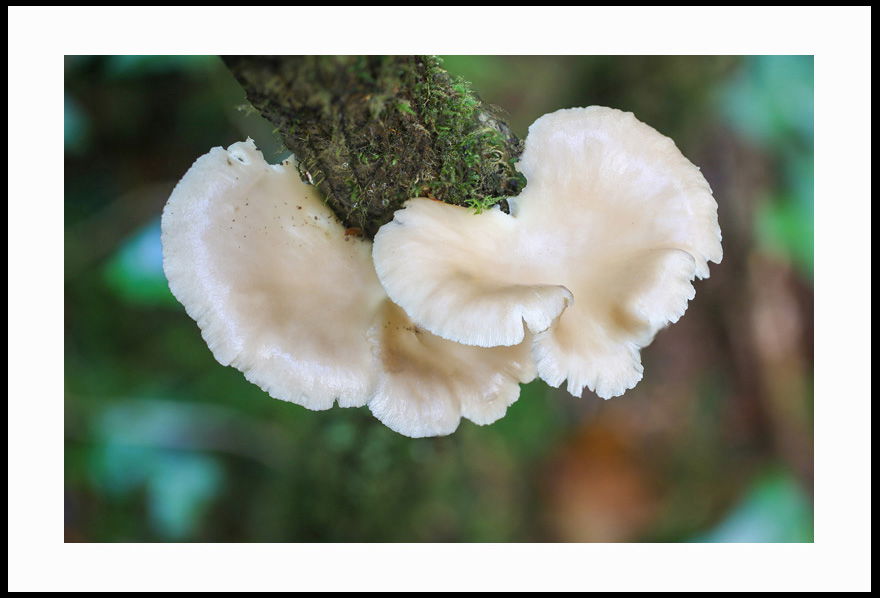
17. Lung oyster, aka: Italian oyster, Indian oyster, Oyster mushroom, Phoenix mushroom, Phoenix oyster, Tree oyster, Oyster shelf.

18. Connopus acervatus.
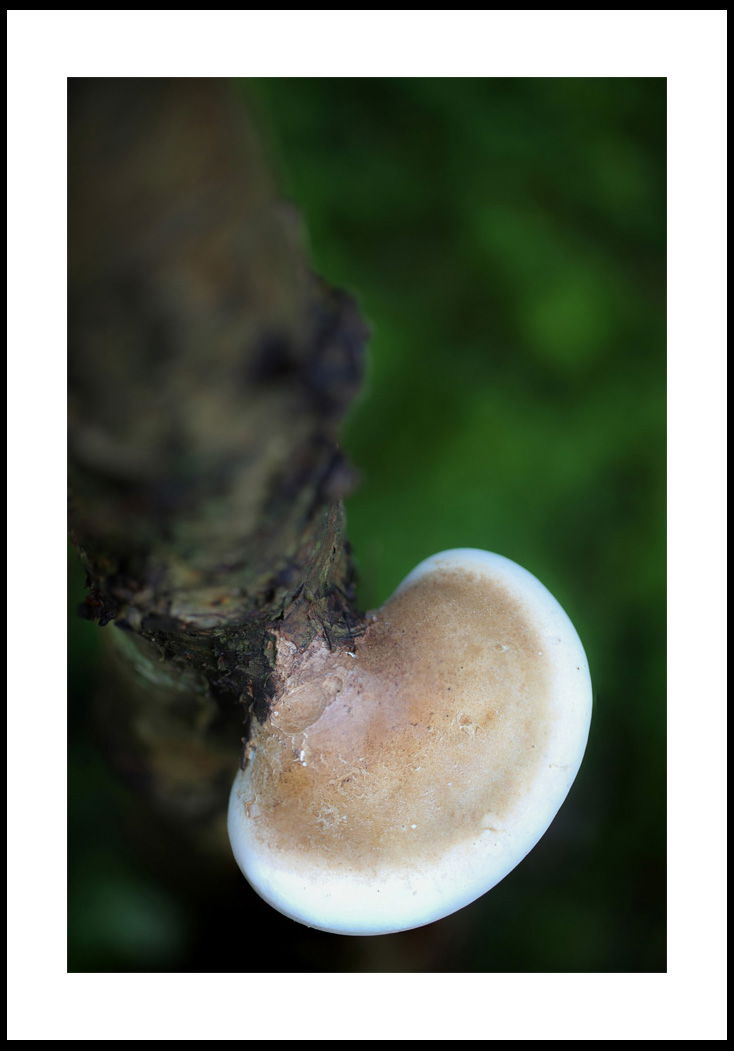
19. Birch polypore, aka: Birch bracket. Razor strop.
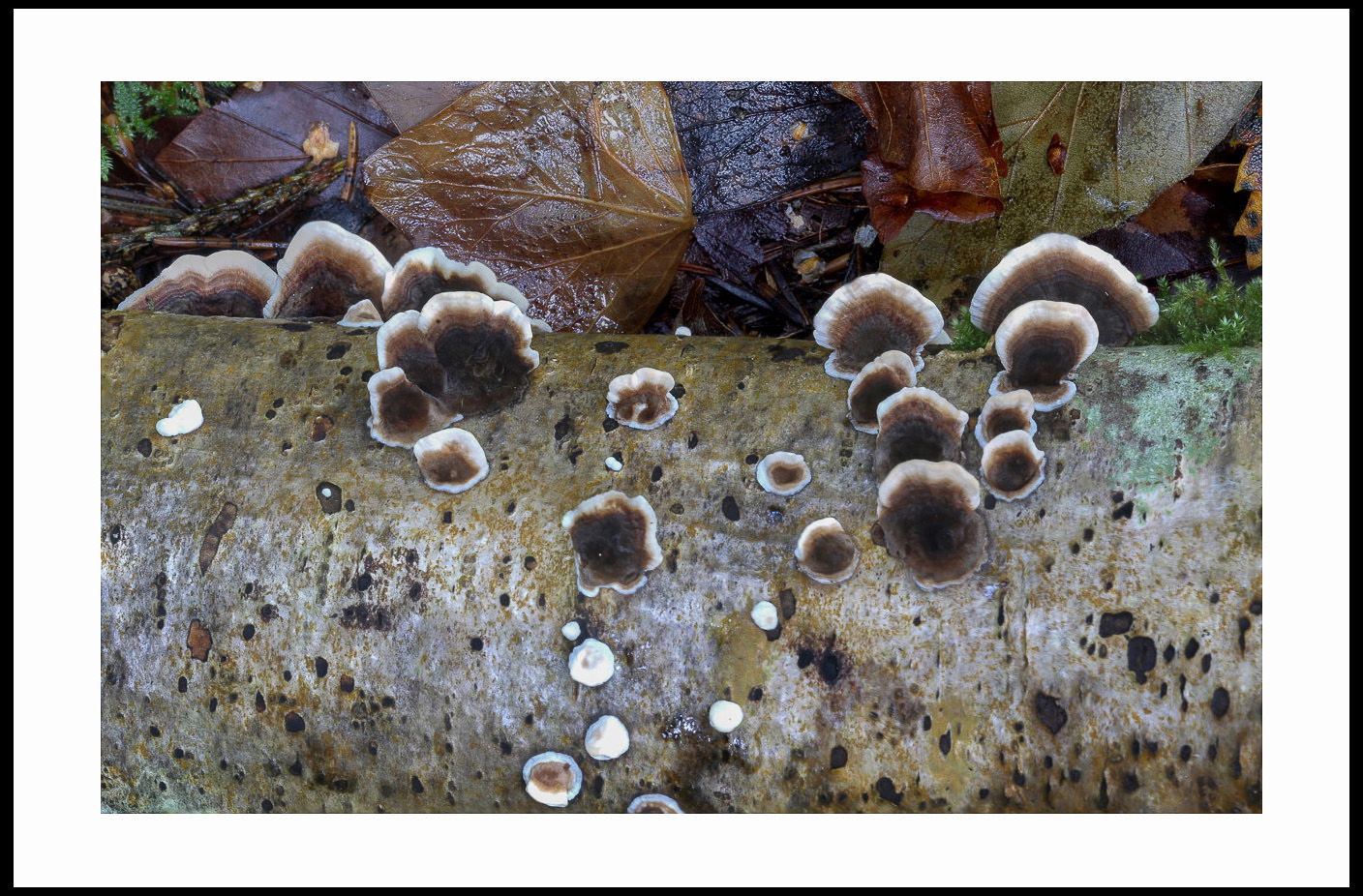
20. Laxitextum bicolor.

21. ?
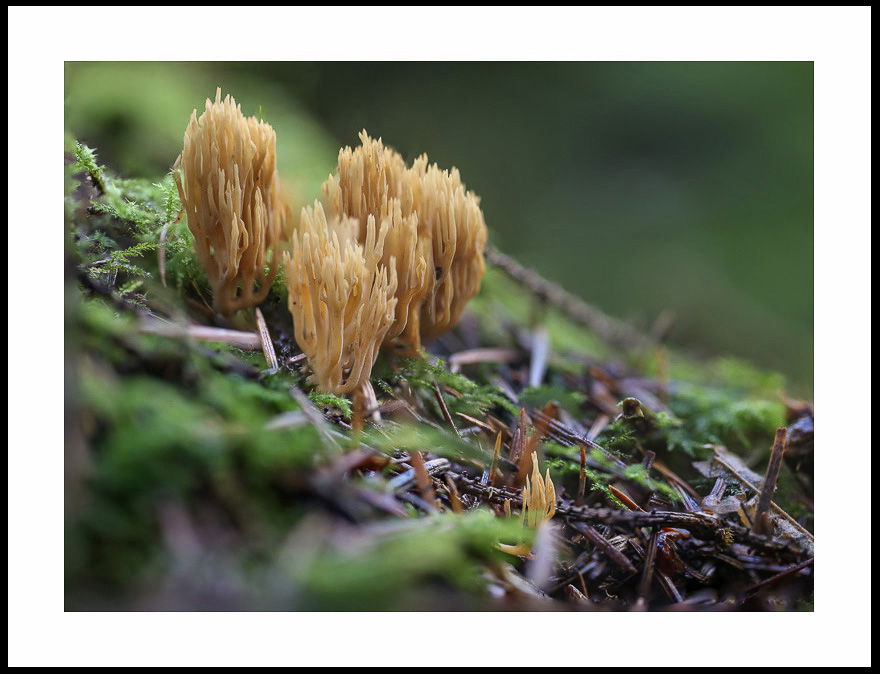
22. Upright coral, aka: Straight coral, Straight-branched coral fungus, Strict coral mushroom.
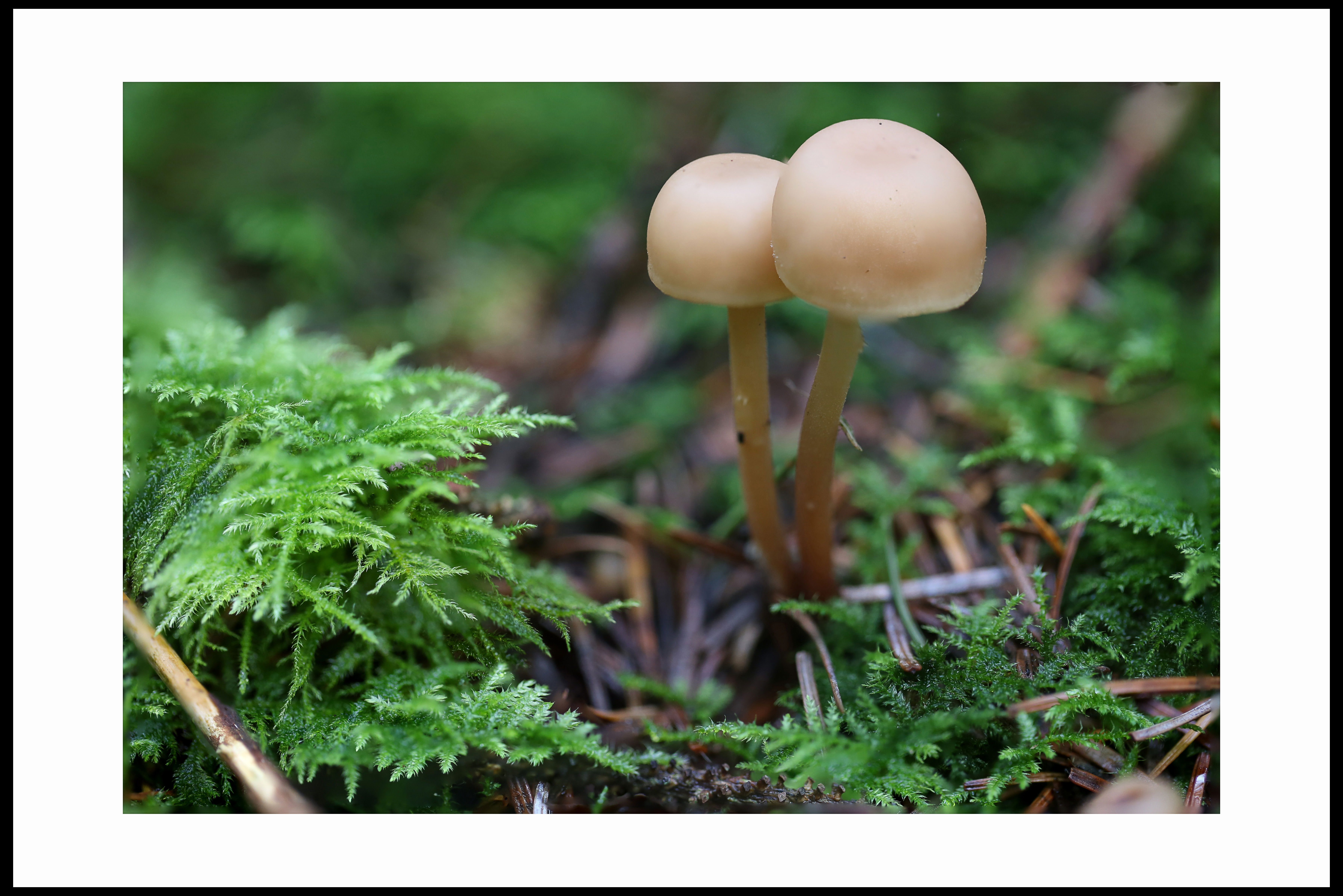
23. Connopus acervatus.

24. Conifer tuft. ( Found the culprit that is doing all the damage !).

25. Death cap. ( As the name suggests very toxic, member of the Amanita Family of deadly fungi.).

26. A fairy ring of Lilac bonnets.